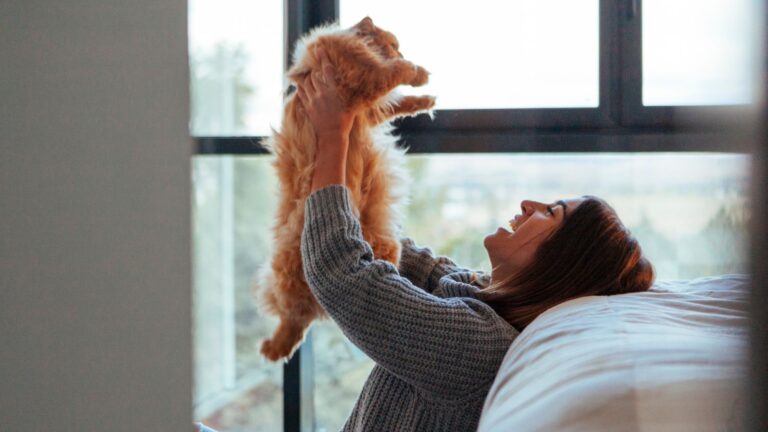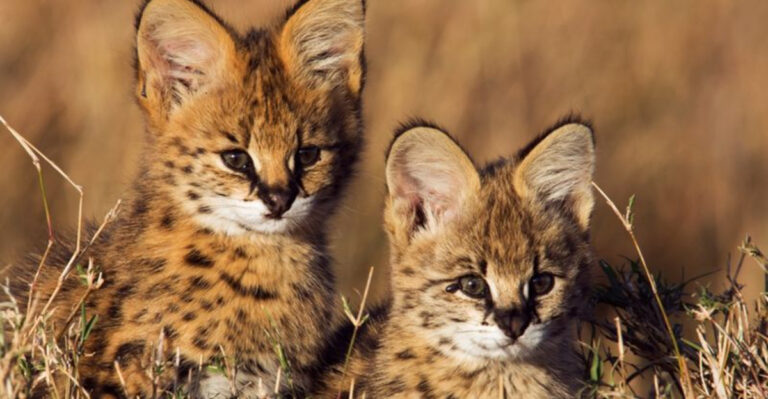15 Ways To Keep Your Indoor Cat Happy And Entertained At All Times
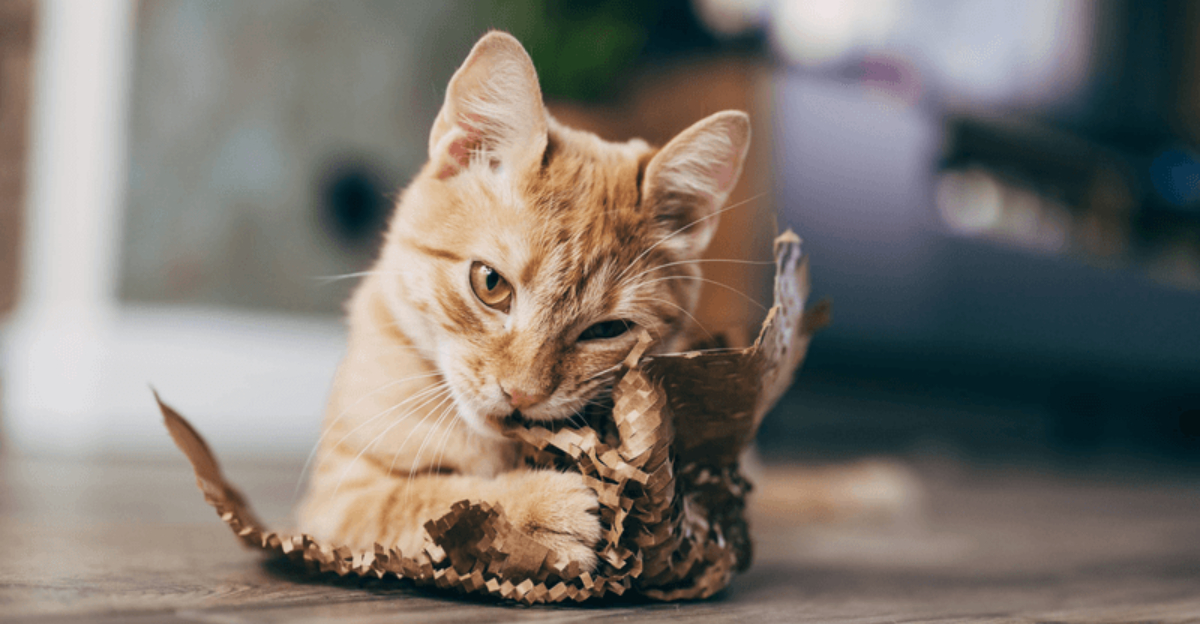
Our feline friends need mental and physical stimulation to thrive, especially when living exclusively indoors.
Without access to natural hunting opportunities and outdoor exploration, cats can become bored, anxious, or even develop behavioral problems. Creating an enriching environment isn’t just kind – it’s essential for your cat’s wellbeing and happiness.
1. Rotating Toy Collection
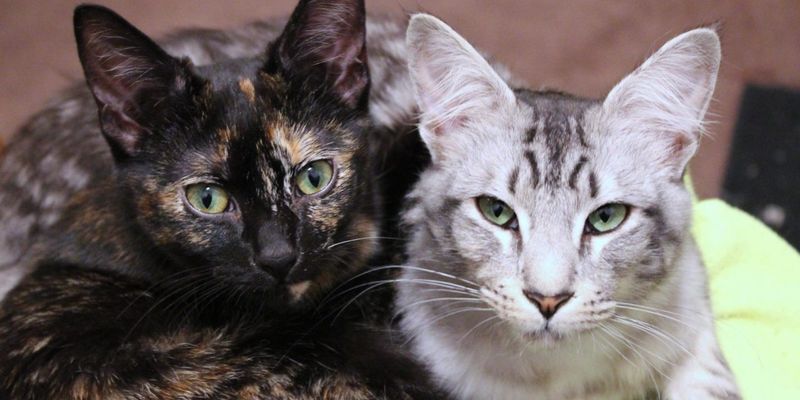
Cats quickly lose interest in toys they see every day. Create a toy rotation system where you put away most toys and only leave out 3-4 at a time.
Every few days, swap them for different ones from your collection. This simple trick makes old toys feel new again and keeps your cat’s hunting instincts sharp.
2. Window Bird Feeders
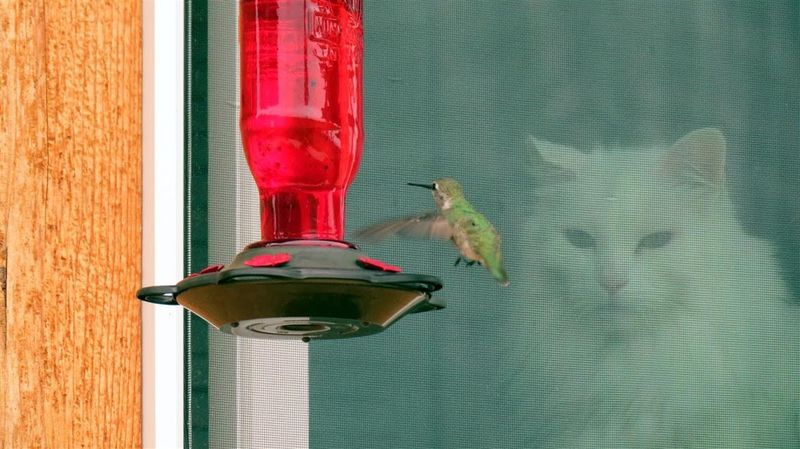
Mount a bird feeder outside your window to create nature’s television for your indoor cat. The movement and sounds of birds provide hours of stimulation that satisfies their predatory instincts safely.
Choose a feeder with strong suction cups and place comfortable cat bedding near the window for the perfect viewing spot.
3. Puzzle Feeders
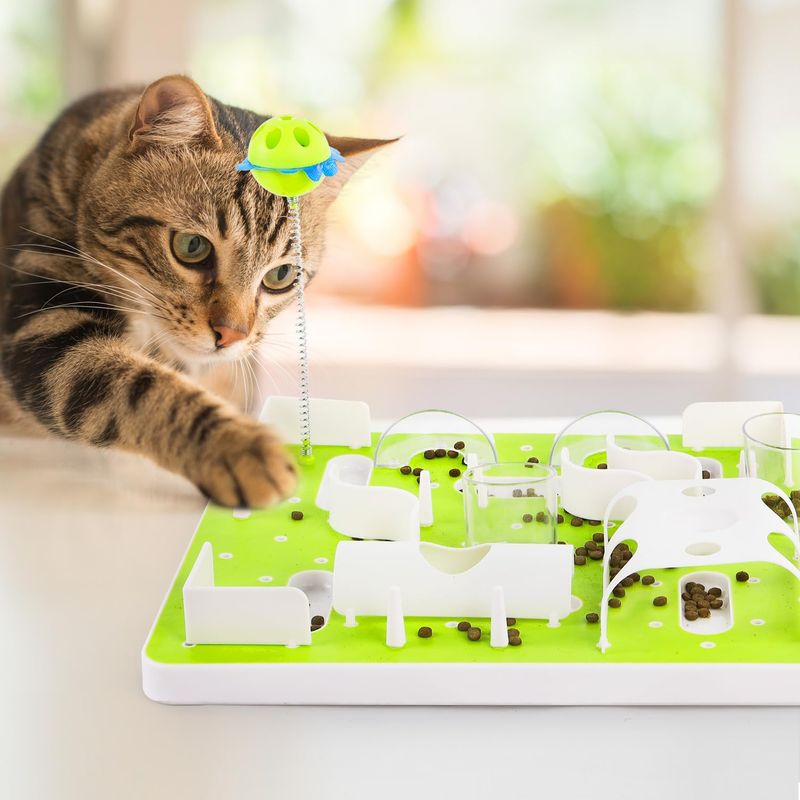
Turn mealtime into mental exercise by using puzzle feeders instead of regular bowls. These clever devices make your cat work for their food by navigating mazes or batting at movable parts.
Start with simpler puzzles and gradually introduce more complex ones as your cat becomes a puzzle-solving expert. This mimics natural hunting behavior and prevents gulping down food too quickly.
4. Vertical Space Adventures
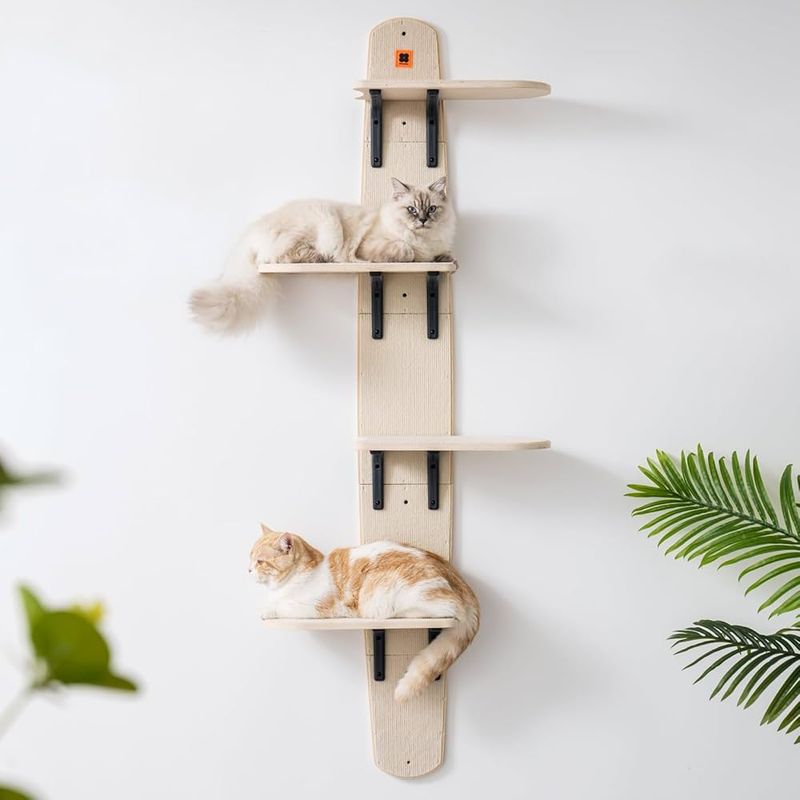
Cats naturally love heights! Create a vertical playground with cat shelves, climbing trees, or window perches throughout your home.
These elevated spaces satisfy their instinct to survey territory from above and provide exercise as they jump between levels. For small spaces, wall-mounted options work wonderfully and don’t take up valuable floor space.
5. Cardboard Box Kingdom
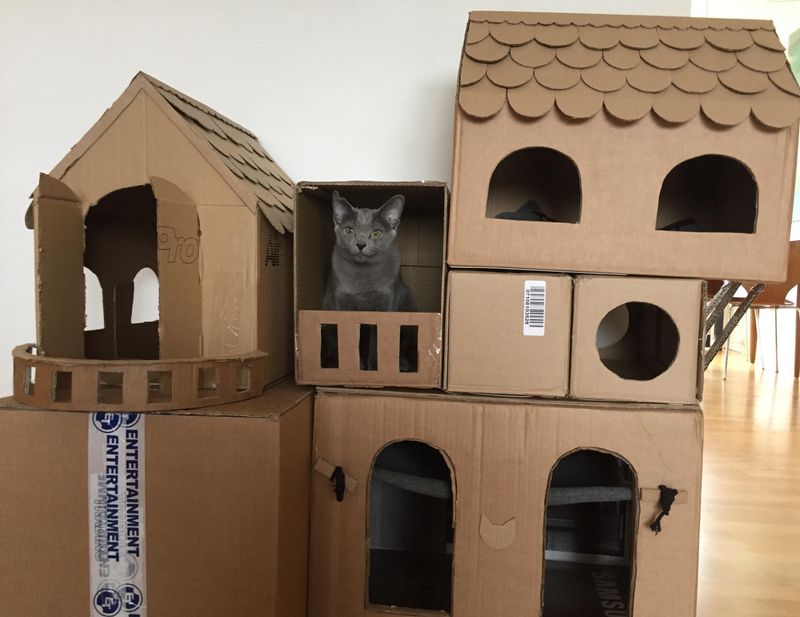
Never underestimate the entertainment value of an empty cardboard box! Cut entrance and exit holes in several boxes and arrange them into tunnels or stacked hideaways.
Add crinkly paper inside for extra sensory fun. This recycled playground taps into cats’ natural love for enclosed spaces and provides hiding spots that make them feel secure while encouraging playful exploration.
6. Indoor Grass Garden

Create a small indoor garden with cat-safe plants like wheatgrass, catnip, or cat grass. Many cats love to nibble on greens, which provides fiber and satisfies a natural craving.
Grow these plants in shallow containers placed in sunny spots. Not only does this give your cat something safe to chew on, but watching the plants grow adds visual enrichment to their environment.
7. Scheduled Play Sessions
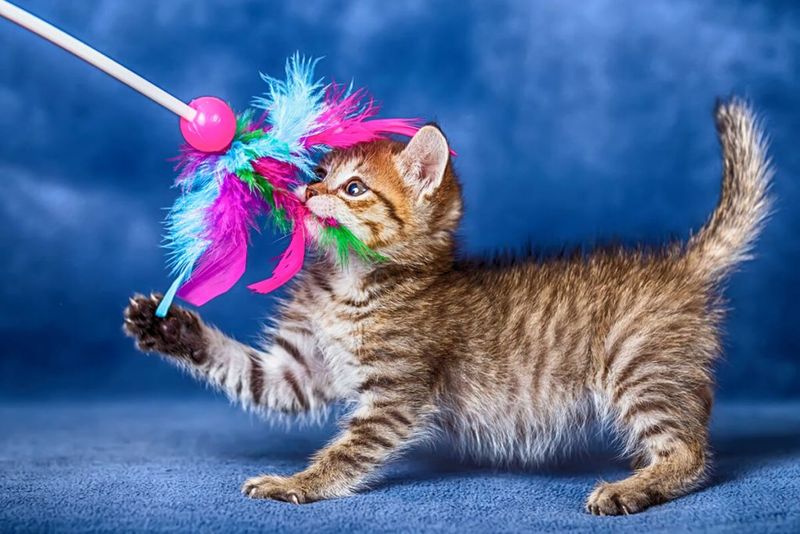
Cats thrive on routine! Set aside 10-15 minutes twice daily for focused interactive play. Use wand toys that mimic prey movements to trigger your cat’s hunting instincts.
Morning and evening sessions work best as they align with cats’ natural active periods. These dedicated playtimes strengthen your bond while providing crucial exercise that prevents weight gain and behavior problems.
8. Treasure Hunt Treats
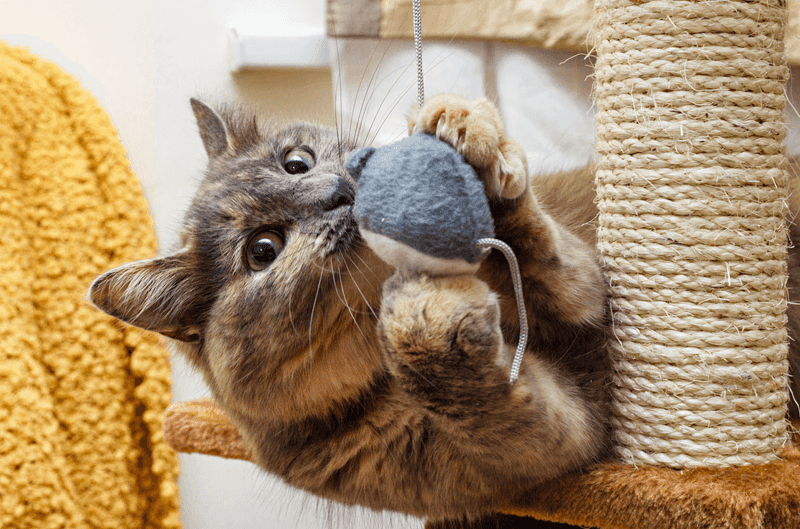
Hide small treats around your home for your cat to discover throughout the day. Place them on windowsills, under furniture edges, or inside paper bags.
This simple game stimulates your cat’s hunting instincts and keen sense of smell. For extra enrichment, vary the hiding spots daily and use different types of treats to keep the game fresh and exciting.
9. Sensory Videos
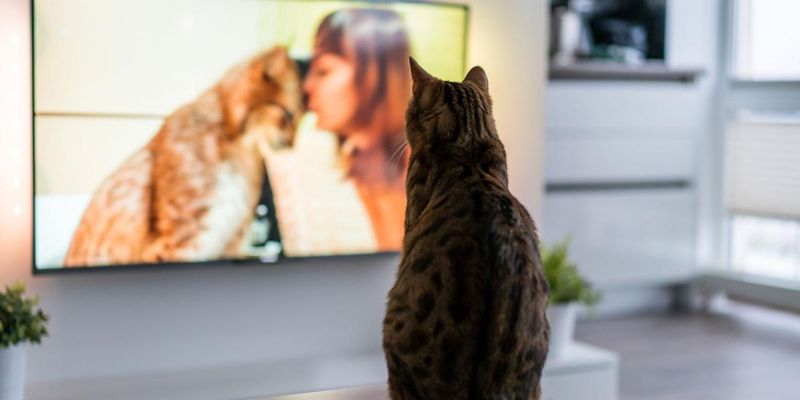
Many cats enjoy watching specially designed videos featuring birds, fish, or mice movements. Set up a dedicated tablet or TV time with videos created specifically for feline entertainment.
Look for videos with realistic movements rather than fast cuts. Some cats will paw at the screen or stalk the virtual prey, providing mental stimulation even when you’re busy with other tasks.
10. DIY Scratching Stations

Scratching is essential for cats’ physical and emotional health! Create varied scratching surfaces throughout your home using sisal rope, cardboard, or carpet remnants. Position some horizontally and others vertically to accommodate different stretching preferences.
Strategic placement near sleeping areas allows for that satisfying post-nap stretch while keeping claws healthy and furniture safe.
11. Bubble Entertainment
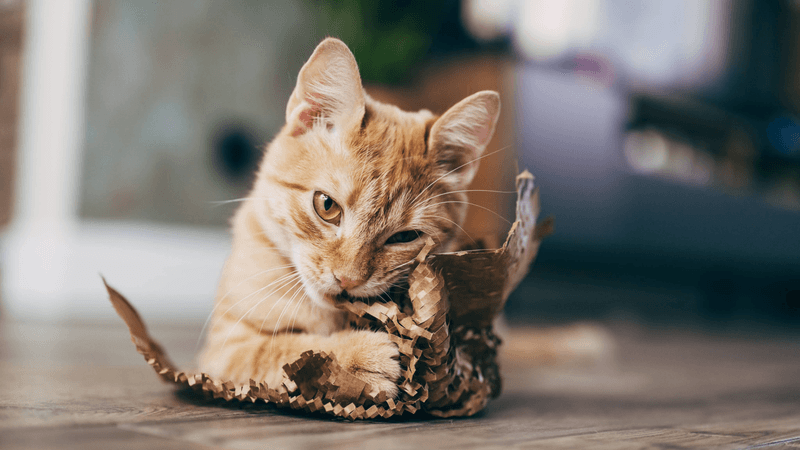
Catnip-infused bubbles specifically made for cats can provide hilarious entertainment! These special bubbles float slowly and leave a trace of catnip scent that drives many cats wild with excitement.
Blow bubbles in an open area where your cat can leap and pounce safely. The unpredictable movement of bubbles triggers hunting instincts while providing excellent exercise in a playful way.
12. Rotating Window Views

If possible, create comfortable perches near different windows throughout your home. Each window offers unique sights, sounds, and smells—essentially different channels on nature’s TV for your cat.
Move cat beds or install window hammocks that allow safe lounging while watching outdoor activities. The changing scenery throughout the day provides mental stimulation even when your cat appears to be simply resting.
13. Feline Obstacle Course

Transform your living space into a temporary obstacle course using cushions, tunnels, and boxes. Encourage your cat to navigate through by placing treats at various points.
Change the layout regularly to keep it challenging. This activity exercises both body and mind while satisfying natural curiosity. For timid cats, start with simpler arrangements and gradually build complexity as confidence grows.
14. Companion Cuddle Toys

Many cats enjoy having soft toys they can cuddle with or ‘wrestle.’ Look for plush toys approximately the size of your cat that they can grab with their front paws while kicking with their back legs.
Some cats form strong attachments to specific cuddle toys, carrying them around or sleeping beside them. These toys provide comfort and allow for safe play-fighting that satisfies natural instincts.
15. Feline Agility Training
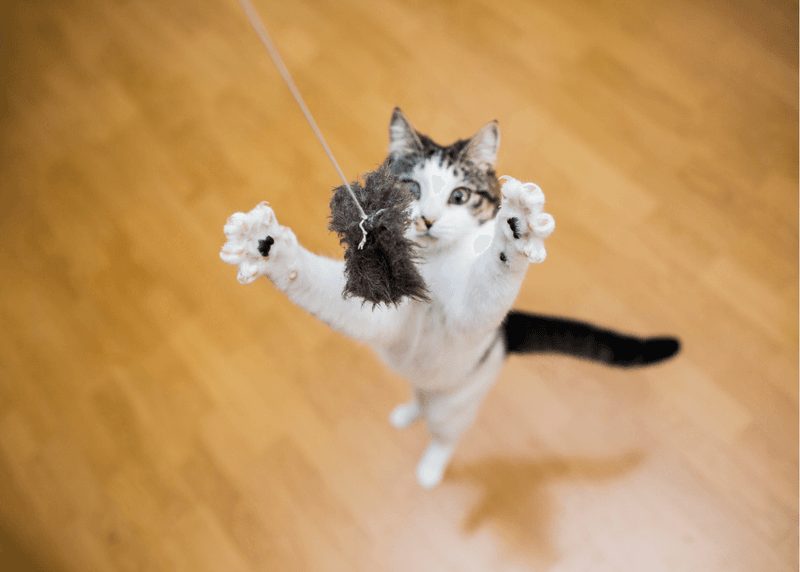
Believe it or not, many cats enjoy learning tricks and navigating small agility courses! Start with simple targets using a stick or your finger, rewarding your cat for touching it. Gradually progress to jumping through hoops or weaving between obstacles.
Short, positive training sessions build confidence and provide excellent mental stimulation. Plus, the treats and praise strengthen your special bond while keeping boredom at bay.

